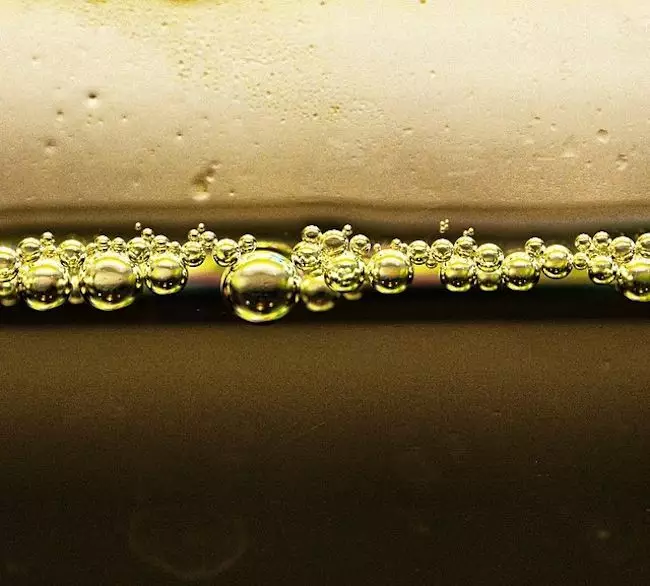Aquariums provide a beautiful and serene glimpse into aquatic life, but maintaining the clarity of the water can sometimes feel like maintaining a fragile ecosystem rather than a decorative element. When the water becomes cloudy or takes on a yellow or brown tint, it signals the need for immediate attention. Understanding the causes of water discoloration is key to ensuring the health of your fish and the beauty of your tank.
The Hidden Dangers of Cloudy Water
Cloudy water is often a manifestation of an underlying health issue in your aquarium, and the causes can range from benign to hazardous. While not all instances of discoloration are catastrophic, neglecting them can lead to serious consequences for your aquatic friends. The most alarming signs are yellow or brown hues, which usually suggest the presence of dissolved organic materials rather than just bacteria overgrowth.
A common misconception is that cloudy water is solely a result of bacterial blooms, which are indeed common in aquatics but primarily manifest as gray or milky water. Tinctures like yellow or brown often indicate toxins or decaying waste. Thus, it is imperative to investigate promptly rather than ignoring the signs.
Deciphering the Causes of Discoloration
Grasping the fundamental science behind your aquarium’s ecosystem is crucial for any aquarium enthusiast. Discolored water often results from dissolved organic compounds (DOCs), which can include fish waste, leftovers from food, decaying plant matter, or even decomposing fish. All these elements introduce organic matter into the water, which, if left unchecked, leads to unhealthy water conditions and a decline in fish health.
Additionally, organic compounds can alter the water’s chemistry and potentially lead to a cycle of toxicity. For the casual aquarist, recognizing when to intervene can save lives. If your aquarium emanates foul odors, it’s a clear sign that action is required.
The Role of Tannins: A Helpful Friend or Troubling Foe?
One surprising contributor to brownish water is tannins, which usually leach into the tank from driftwood. While tannins lower pH and soften water—beneficial for certain fish species, especially those hailing from South America—they’re also responsible for that murky tint. This could pose a problem for species requiring higher pH levels.
For aquarists, it’s essential to know your fish’s specific pH needs beforehand. If tannins are indeed the issue and you prefer keeping soft, acidic water, take solace in knowing that this tint will likely dissipate as the wood slowly depletes its tannin content. However, should you keep species that favor more alkaline conditions, considering a shift in decor or the types of wood used is a prudent course of action.
Essential Tests and Observations
Whenever faced with cloudy or discolored water, arm yourself with testing kits and a clear plan. Testing levels of pH, ammonia, nitrite, and nitrate is essential in diagnosing the root cause of the problem. Additionally, carefully inspecting the tank conditions can provide invaluable insight. Is there visible debris? Are there areas of uneaten food, dying plants, or the unfortunate finding of a deceased fish?
Furthermore, observe the functionality of your filter. Is its output consistent? Foam present on the water’s surface can indicate high protein waste, necessitating immediate attention to your tank’s cleanliness.
Strategies for Restoration
Once you’ve identified the issues contributing to your aquarium’s murky state, it’s time to act. For elevated ammonia or nitrite levels, a swift and substantial water change—around 50%—is crucial in diluting the harmful concentrations and offering immediate relief for your aquatic inhabitants. After such changes, re-test to ensure levels are within safe boundaries.
When it comes to organic matter, cleanup is key. Remove any decayed organic substances, including uneaten food and dead aquatic life, and consider regular gravel vacuuming to ensure waste is efficiently cleared. However, proceed with caution while cleaning. Performing too many drastic changes at once can lead to detrimental spikes in ammonia or nitrite levels, particularly disturbing the biological balance in your tank.
A balanced, patient approach will encourage gradual recovery. Anytime you clean, stagger your regimen to allow fish and biological colonies time to adjust, reducing stress levels and fostering a healthier environment.
Ultimately, a proactive stance toward maintaining aquarium water clarity is paramount for the wellbeing of your aquatic pets. Regular maintenance, strategic cleanup, and diagnostic testing form the backbone of an aesthetically pleasing and healthy aquarium habitat.

